We recently connected with Michelle Loufman and have shared our conversation below.
Michelle, appreciate you joining us today. We’d love to have you retell us the story behind how you came up with the idea for your business, I think our audience would really enjoy hearing the backstory.
Five years ago, the idea of quitting to become a Brand Storyteller was nebulous at best and misunderstood at worst.
I just knew two things:
1) I had a passion for journalism and storytelling
2) After 20 years in a marketing career, I was unhappy.
My roles in advertising, public relations, marketing, and branding, and as a fractional chief marketing officer, left me disconnected from my work. Something was missing. I felt guilty and ungrateful for having a successful career.
I remember the “aha” moment of speaking with my business coach. She revealed that my core passion was storytelling. It made sense. I grew up listening to bedtime stories from my grandmother, who’d come of age when a maniacal dictator came to power in Germany. After barely surviving WWII, it was time to start anew, and my grandmother’s journey took her on a two-week boat ride with two young kids in tow to a continent where she knew little if any, English.
I left a safe job to pursue work in photography and marketing consulting, trying to work out exactly what I was supposed to do with this storytelling journey. During this journey, I became very sick, slowly and nearly bleeding to death from a chronic health issue.
To process my anger, fear, despair, and hope, I started to share stories and images from what I had learned and my path toward healing. It inspired dozens of family members to clean up toxins in their home products and find alternative doctors to address root issues. In short, my story inspired others to make change.
And one day, it hit me: Stories inspire change. We see ourselves reflected in them, and by creating and sharing them in the context of business, we can also humanize businesses.
As AI takes a larger place in our post-pandemic society, we are desperate for genuine human connections, yet are lonelier and suffer more mental health issues than any other society before us. To me, it’s important to use stories to connect the humans who run and support businesses.
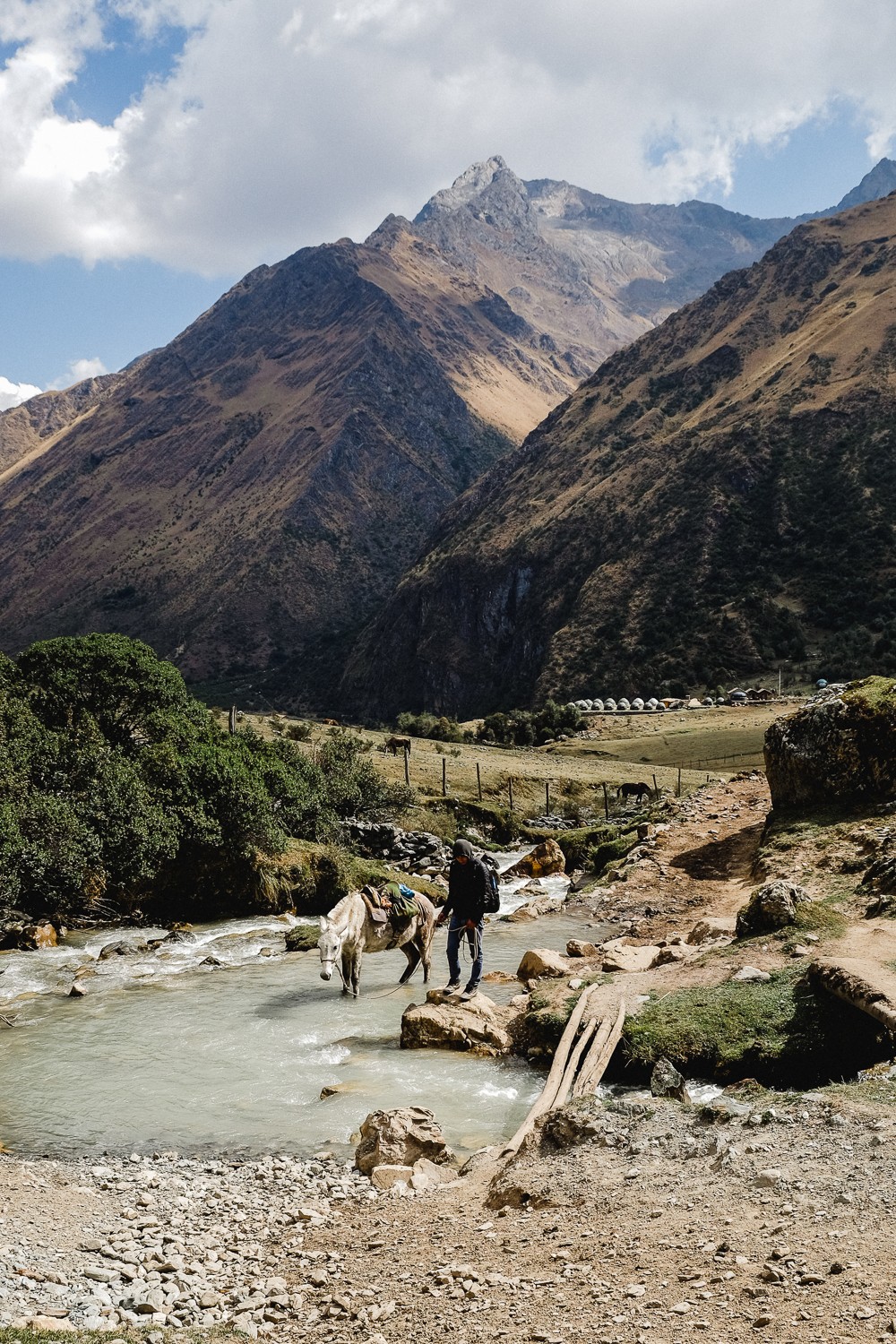
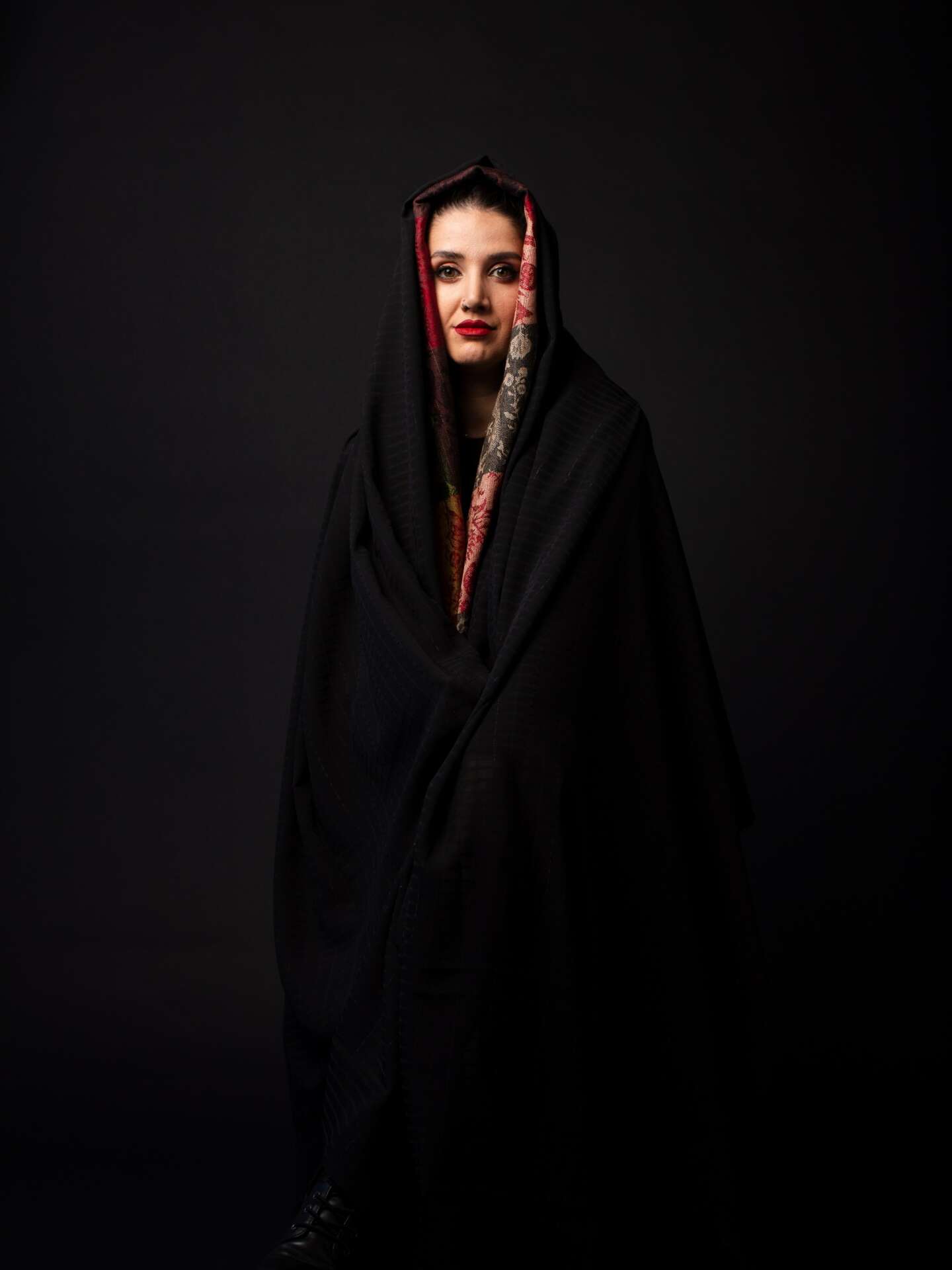
Awesome – so before we get into the rest of our questions, can you briefly introduce yourself to our readers.
Fundamentally, brand storytelling combines three things:
1) Brand Storytelling: A core understanding of who you are/what your business does and why it matters, integrating stories to create an authentic connection.
2) Visual Storytelling through Photography: Editorial, documentary, and branding imagery
3) Content Creation: Copywriting and content creation for client stories, presentations, websites, etc.
4) Marketing Activation: Combining all three to launch websites, social platforms, etc.
Brand storytelling is more than marketing, which is traditionally telling and selling. Brand storytelling is about connecting, inviting, and influencing using genuine emotion.
I mostly work with service providers who are deeply connected to the purpose of their work and how it serves their clients. They’re coaches, counselors, recruiters, influencers, artists, healthcare providers, and more.
They are driven yet introspective. They deeply desire positive change and know their work can improve their clients’ lives. They are usually more sensitive and can sense the deeper needs of those surrounding them — even empathic.
Their industries are saturated, and they need a well-rounded presentation of who they are and their mission to attract their ideal audience.
For fun, I write editorial stories about interesting people I meet. I’ll soon launch a story about a surrogate mother and an Iranian immigrant.
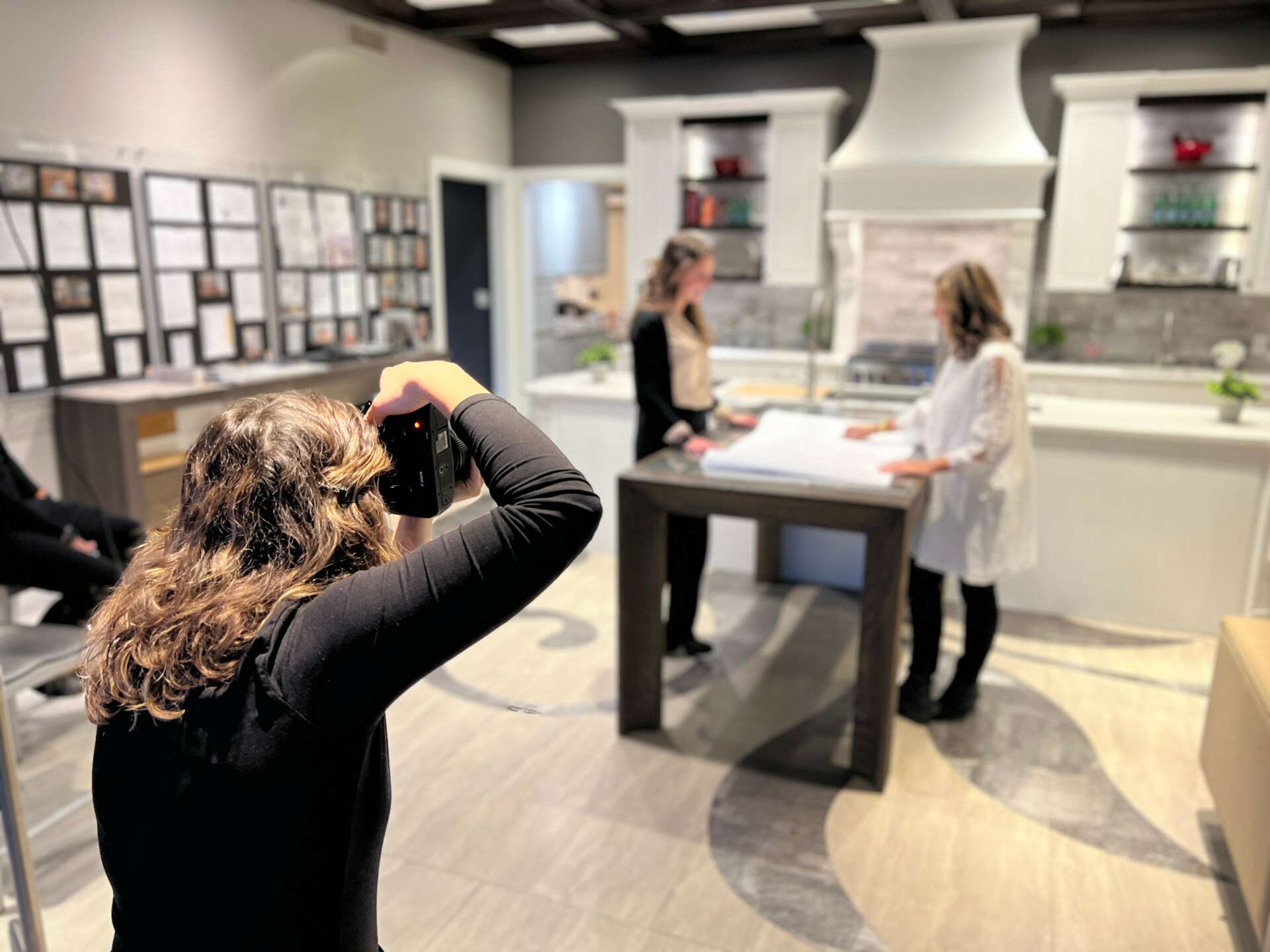
How did you put together the initial capital you needed to start your business?
Small business ownership can often feel like a comparison game. We glorify money in our society yet rarely speak to its secrets. Most people short-sightedly expect that by starting a small business, you can instantly quit your job and life is good.
Not true.
I self-funded my business for the first few years using personal money from a stable job with benefits. Photography is an expensive business to run, so I focused on buying equipment when I needed it, and took education courses to improve my skill. I considered my small business a “5 to 9” gig. I worked many nights and weekends in addition to a full-time job.
When I felt stable enough, I quit my full-time job and took on contract work to pay for essentials (re-investing in the business) while I still continued to build my dream. I consulted with an accountant to ensure my bookkeeping was on par but also know where I could get tax breaks and build profitability, yet still reinvest in my business. Capital funding will always be a need.
No two trajectories are the same. I didn’t come from money and didn’t want to take on a lot of debt. So slow but steady was my “capital investment”.
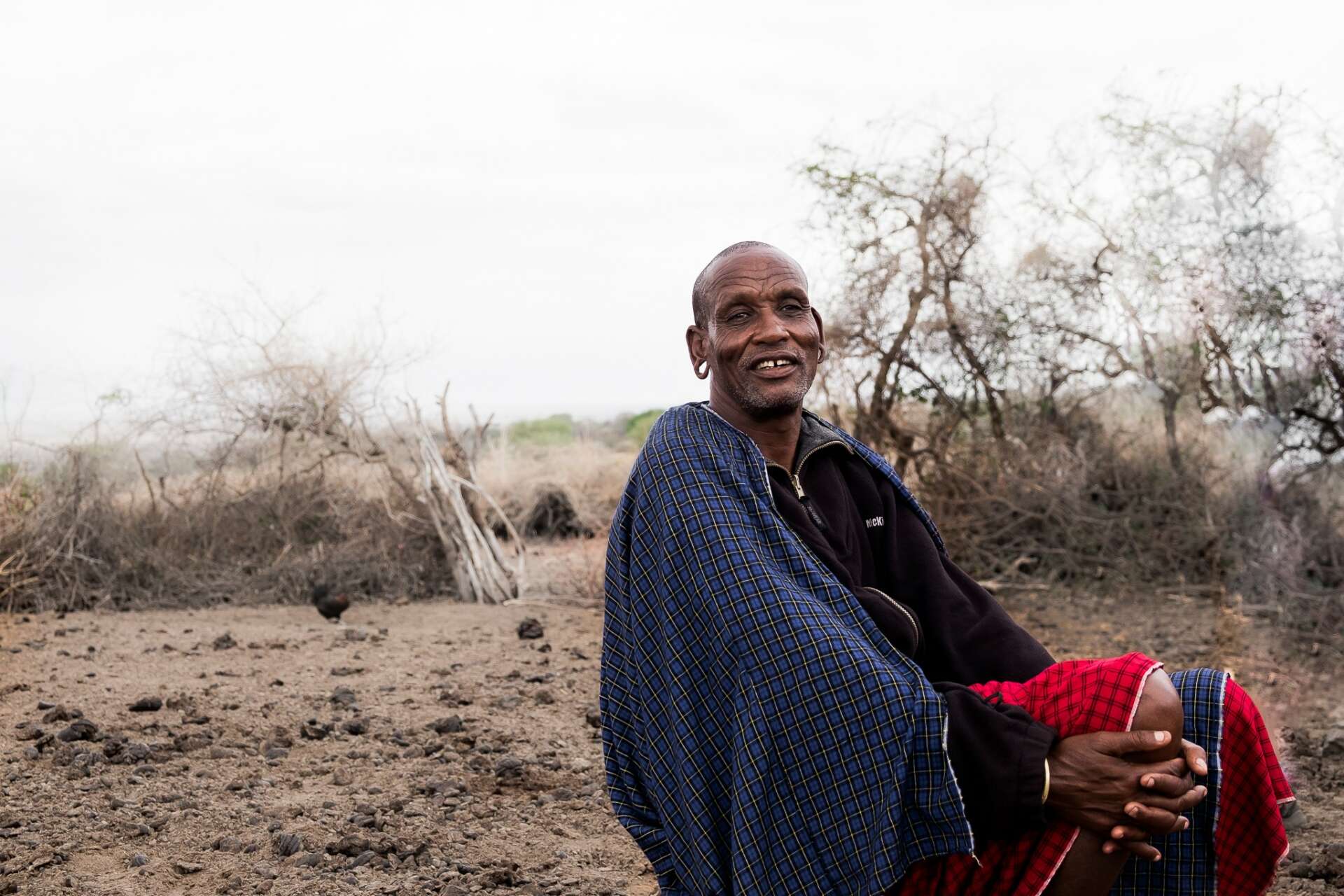
Let’s talk about resilience next – do you have a story you can share with us?
I mentioned that I suffered from a chronic illness while I was building this business, and it’s now been a five-year journey. I’m thankfully out of the worst of it, but it’s been a long, expensive journey. At one point, I was so sick I could hardly get out of bed. Even taking a shower zapped me.
I had a combination of heavy metal toxicity, mold toxicity, was autoimmune, could not digest food properly, and was malnourished among a dozen other issues. I also had tumors in my uterus that created such excessive bleeding I needed emergency blood transfusions.
At one point, I was spending nearly $3,000 a month (more than I earned at the time) for treatments and doctor visits. It felt like the entire world was moving on and I was stuck in bed.
I fell into a deep depression, convinced my dream was dead. I had quit my job just six months prior and had high hopes. I contemplated suicide. It was a dark time.
I just took one day, one step at a time. I’d see glimmers of hope, and work on projects I loved. I shared my health story and was inspired when friends started to change their approach to health.
It would have been easy to give up, take a full-time job and go back to safety. But I just kept plodding, believing in my mission.
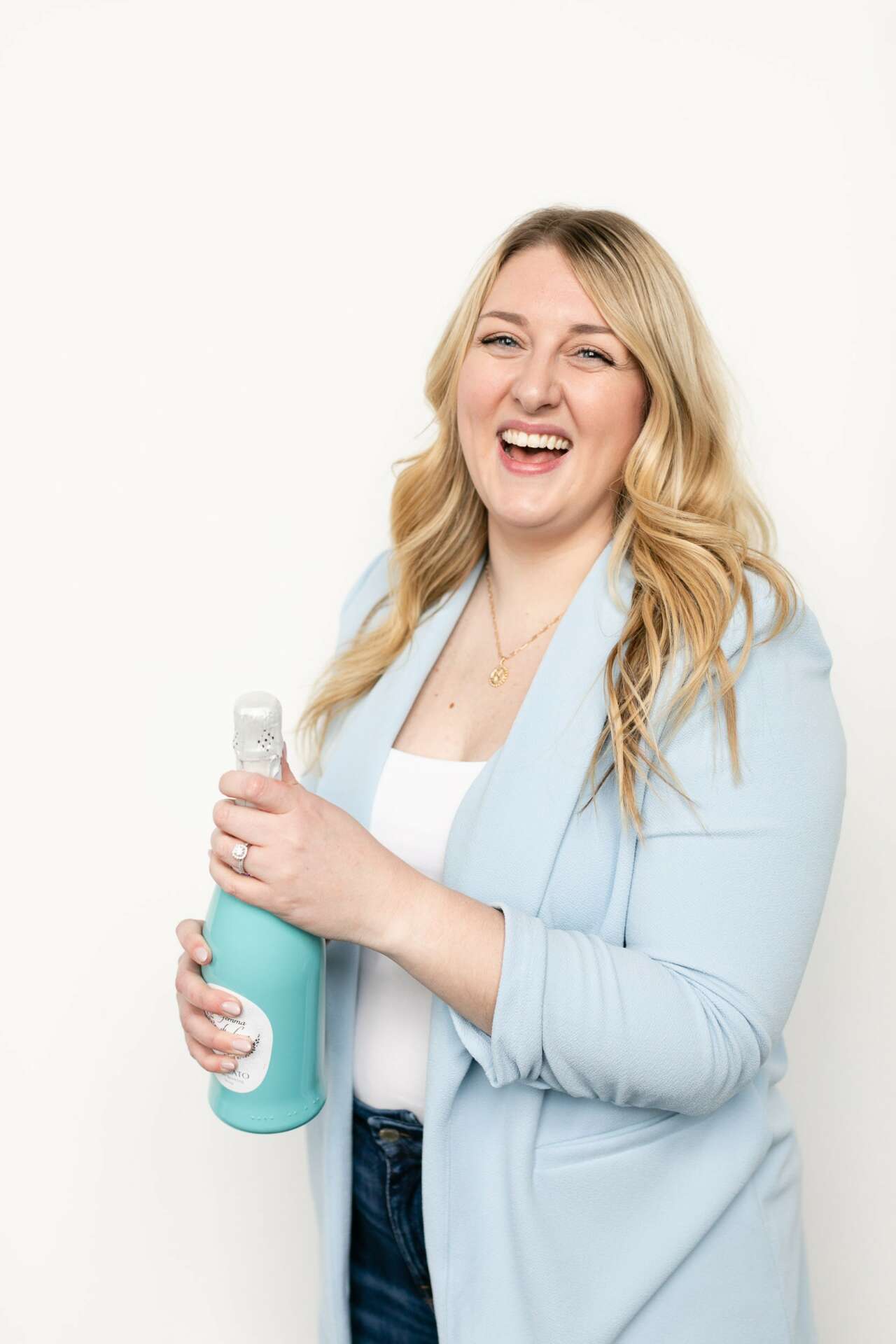
Contact Info:
- Website: www.michelleloufman.com
- Instagram: https://www.instagram.com/michellemloufman/
- Facebook: https://www.facebook.com/michellemloufman
- Linkedin: https://www.linkedin.com/in/michelleloufman/
Image Credits
Michelle Loufman of MML Photography LLC


